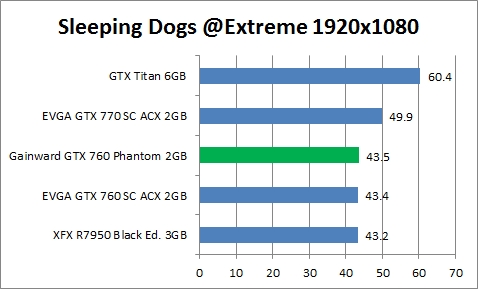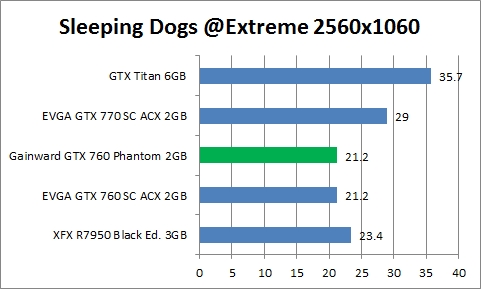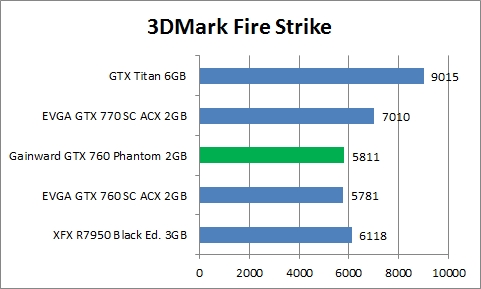As we all know by now, pricing for the GTX 760 starts at €220, but for a 20 euro premium Gainward is offering the GTX 760 Phantom 2GB graphics card.
There are two reasons to give this card a closer look, if you’re in the market for a good mid-range card. First of all it is overclocked and the factory overclock is pretty impressive. Secondly, its cooler performs very well indeed – and it’s quiet. If you think that’s worth a couple of tenners extra, keep reading.
In addition to the nice spec, the Phantom also looks nice. It uses a massive triple-slot cooler which makes it look pretty mean for a mid-range card, but then again a triple-slot cooler isn’t a great choice for all users.
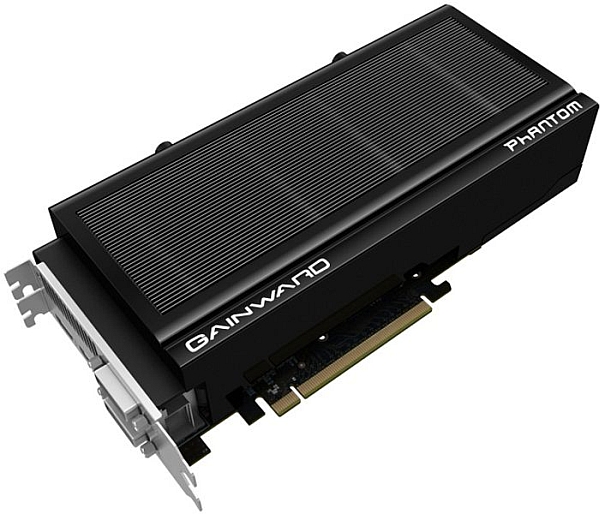
The Gainward GTX 760 Phantom comes with two dual-link DVIs, one standard HDMI and DisplayPort connectors. It’s important to note that Nvidia addressed its previous multi-display “disadvantages” so Kepler-based cards can now run up to four displays simultaneously, and it works.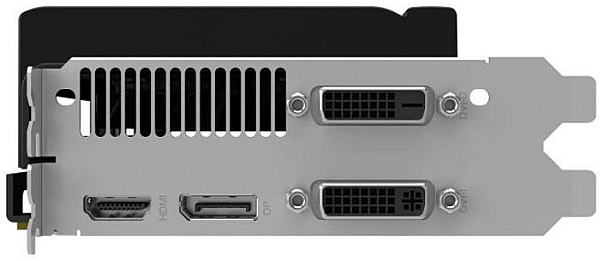
The GTX 760 is said to have a 170W TDP, compared to the 150W TDP for the GTX 660 Ti and 170W TDP for the GTX 670. Two 6-pin power connectors are needed for normal operation.
The base GPU clock is set at 1072MHz, while the boost clock is 1137MHz. Reference speeds are 980MHz for the base clock and 1033MHz for the boost clock. Gainward also upped the GDDR5 memory clock from the reference 1502MHz to 1550MHz (effectively 6200MHz).
Our first impressions are quite positive. The Phantom is roughly on par with EVGA’s GTX 760 SC ACX, which is hardly surprising since they both have the same factory overclock. However, the Phantom ends up marginally faster due to higher memory clocks.
As far as noise goes, the Phantom cooler is pretty good. In idle mode it’s completely silent and even under load you can only hear it if you really try, i.e. stick your head next to the chassis.
